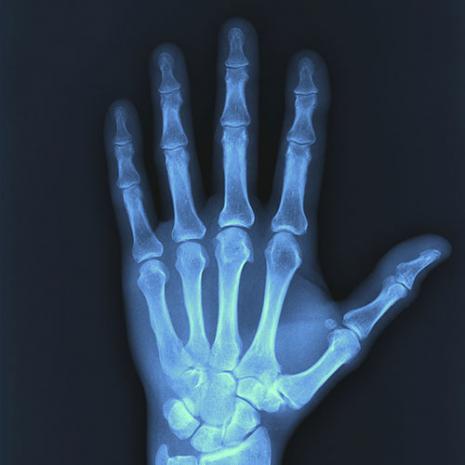
Breaking News
 Stop Buying Confusing Cheese Cultures (Make This "Lost" Starter Instead)
Stop Buying Confusing Cheese Cultures (Make This "Lost" Starter Instead)
 George Galloway Speaks Out on Being Forced Into Exile After Criticizing Ukraine War
George Galloway Speaks Out on Being Forced Into Exile After Criticizing Ukraine War
 "The wheels are falling off the Trump Administration" and Susie Wiles is to blame
"The wheels are falling off the Trump Administration" and Susie Wiles is to blame
 How to Make Car Insurance Affordable Again
How to Make Car Insurance Affordable Again
Top Tech News
 Latest Comet 3I Atlas Anomolies Like the Impossible 600,000 Mile Long Sunward Tail
Latest Comet 3I Atlas Anomolies Like the Impossible 600,000 Mile Long Sunward Tail
 Tesla Just Opened Its Biggest Supercharger Station Ever--And It's Powered By Solar And Batteries
Tesla Just Opened Its Biggest Supercharger Station Ever--And It's Powered By Solar And Batteries
 Your body already knows how to regrow limbs. We just haven't figured out how to turn it on yet.
Your body already knows how to regrow limbs. We just haven't figured out how to turn it on yet.
 We've wiretapped the gut-brain hotline to decode signals driving disease
We've wiretapped the gut-brain hotline to decode signals driving disease
 3D-printable concrete alternative hardens in three days, not four weeks
3D-printable concrete alternative hardens in three days, not four weeks
 Could satellite-beaming planes and airships make SpaceX's Starlink obsolete?
Could satellite-beaming planes and airships make SpaceX's Starlink obsolete?
 First totally synthetic human brain model has been realized
First totally synthetic human brain model has been realized
 Mach-23 potato gun to shoot satellites into space
Mach-23 potato gun to shoot satellites into space
 Blue Origin Will Increase New Glenn Thrust 15-25% and Make Rocket Bigger
Blue Origin Will Increase New Glenn Thrust 15-25% and Make Rocket Bigger
 Pennsylvania Bill – 'Jetsons Act' – Aims To Green-Light Flying Cars
Pennsylvania Bill – 'Jetsons Act' – Aims To Green-Light Flying Cars
Portable X-ray device would let patients check their own bones

Currently under development at Finland's University of Oulu, the prototype portable X-ray machine measures just 50 by 50 by 130 cm (19.7 by 19.7 by 51.2 in).
Not only is it much smaller than conventional X-ray systems, but because it incorporates built-in radiation shielding, it doesn't have to kept in a lead-lined room, nor does it have to be operated from a separate area. In fact, it utilizes a video screen to guide patients through the process, showing them how and where to place the injured appendage. It then automatically takes the X-rays, and tells the user if a break is detected.
Its instructions – and its imaging voltage – are currently set up for X-raying bones in the palm and ankle. More regions will be added as the system is developed further.
The idea behind the technology is that the relatively inexpensive machines could be set up at locations such as ski resorts or medical clinics, where patients could self-check their injuries to see if a bone was indeed broken. This would reduce the demands placed on larger, pricier, more sophisticated X-ray systems (and their operators), increasing their availability for more important tasks.



